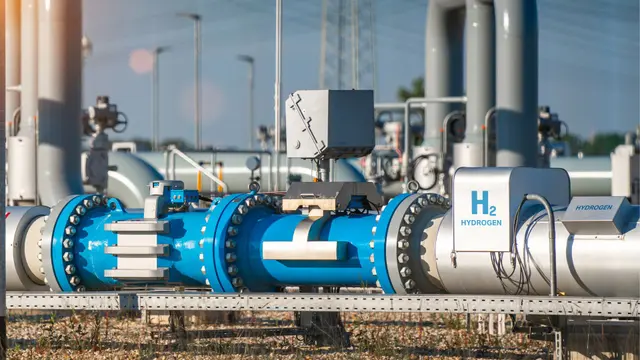Scientists at the Daegu Gyeongbuk Institute of Science and Technology have developed a groundbreaking fuel cell catalyst using platinum-magnesium alloy nanoparticles, potentially revolutionizing clean energy technology. This innovation, detailed in a recent Nature Communications study, addresses longstanding challenges in fuel cell efficiency and durability.
Fuel cells, which generate electricity by combining hydrogen and oxygen, typically rely on expensive platinum catalysts to accelerate reactions. The new platinum-magnesium alloy nanoparticles offer a cost-effective solution while enhancing performance. Professor Jong-Sung Yu and his team overcame the significant hurdle of synthesizing these nanoparticles, given the extremely negative reduction potentials of alkaline Earth metals like magnesium.
The alloy’s exceptional properties stem from the strong interaction between platinum and magnesium, preventing degradation over time. Theoretical studies conducted by the University of Texas at Austin reveal that the catalyst’s high activity results from a combination of ligand and strain effects between the intermetallic core and platinum-rich shell. The stability is attributed to magnesium’s high vacancy formation energy in the alloy.
Remarkably, the new catalyst surpasses the U.S. Department of Energy’s 2025 performance targets for fuel cells, demonstrating superior efficiency and longevity. This advancement not only enhances fuel cell technology but also opens avenues for applying platinum-magnesium nanoparticles in other energy applications, such as hydrogen production and various electrochemical reactions.
The implications of this discovery extend beyond fuel cells. As the global focus shifts towards sustainable energy solutions, innovations like this platinum-magnesium catalyst play a crucial role in advancing clean technology. The research team is now concentrating on refining the alloy’s composition, scaling up production, and collaborating with industry and government partners to bring this technology to market.
This breakthrough represents a significant step forward in addressing the efficiency, durability, and cost challenges associated with fuel cell technology. As research progresses, the potential for wider application of this catalyst in the clean energy sector could mark a turning point in our transition to more sustainable power sources.
Image Credit : audioundwerbung/iStock





